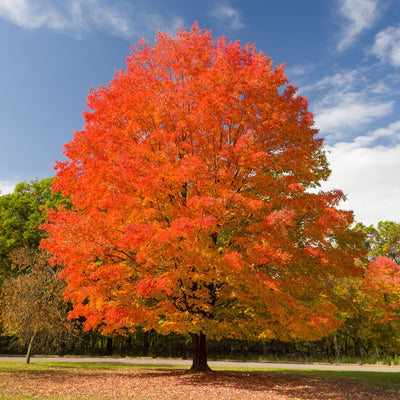Characteristics of the Plant Species Avena Sativa (Wild Oats)
The plant species Avena Sativa, more commonly known as wild oats, constitute cereal-producing crops first found in the region of the Fertile Crescent (which is the area between Israel and the Persian Empire, that is, the region today called Iran). In North America, oat plants are commonly grown in northern regions, most notably in Minnesota, North Dakota, and Canada. The crop is best grown in cooler temperate climate zones with wet conditions and yearly rainfall. The term Avena Sativa is derived from two ancient Sanskrit words meaning “sheep” and “foodstuff.” Yet the Romans also termed either wild or cultivated oats by the name Avena. The oat crop grows in height from anywhere between 30 -150 cm, and it also produces flowers, called oat florets, that flourish among its branches.
The Climate Conditions Wherein the Oat Plant Thrives
The wild oat plant often inhabits environments known for its cold temperate climates and wet conditions. It is more rain-resistant than most grain and cereal-producing crops. It is also an annual plant, meaning that it is planted in autumn or spring, only to be harvested in the coming summer or fall seasons. Oat plants grow particularly well in regions with cool, wet summer months and are often found alongside Maple Trees. The husks that are part of the plant used in sowing oats (no pun intended) take the form of striate sheeves open to the ground, consisting of essentially flat blades rolled at the axil. The oat is also a ruderal, meaning it thrives in nitrogen-rich environments, such as waste environments, plains, and mountain areas. Out of all the cereal and grain plants, it requires the most air and sunlight.
Nutritional Advantages of the Oat Plant
Wild Oats are often harvested to be eaten by either animals or human beings. During the Middle Ages, it was believed that eating porridge could cure a variety of coughing illnesses. Oats are the sixth most important and heavily harvested food plant, right behind maize (corn). For centuries, oatmeal was also a staple breakfast in countries like Britain, France, and Germany. Oatmeal is also a primary stabilizer in ice cream and an ingredient in certain skincare products. Finally, oats husks are harvested and bathed in alcohol to form homeopathic remedies and dilutions.
The Oat Plant and & nbsp; River Oats is essential to society and fascinating to learn more about!!!

